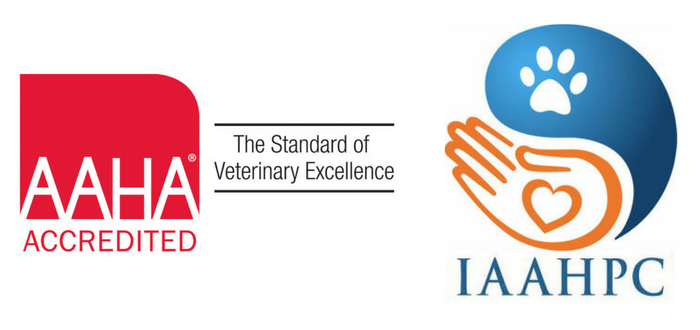For pet owners and practitioners, the events surrounding the end of a pet’s life are as important and meaningful as the sum of all the care provided throughout his lifetime.
A first for the veterinary profession, these groundbreaking guidelines will provide practice teams with the framework and tools to develop a comprehensive, collaborative end-of-life plan and better recognize the needs of patients, clients, and team members during this difficult time.
“End-of-life decisions are medically, emotionally, and ethically challenging for everyone involved,” said Brenda Stevens, DVM, DABVP (C/F), co-chair of the task force that authored the guidelines. “After the loss of a pet, studies show 30 percent of pet owners experience significant grief and 50 percent will doubt their decision following euthanasia. In addition, team members who work with end-of-life patients and their owners have a higher risk of developing compassion fatigue.”
In veterinary medicine, these issues are especially prevalent because veterinary professions encounter death three times more often than their human medicine counterparts.
“Aligning practice protocols with AAHA guideline recommendations is a key step in ensuring your practice continues to deliver the highest standard of care,” said Michael Cavanaugh, DVM, DABVP (C/F), AAHA chief executive officer.
The guidelines will be published in the November/December edition of the Journal of the American Animal Hospital Association (JAAHA) and the December edition of Trends magazine. They are also free and available to the public at aaha.org/guidelines.

